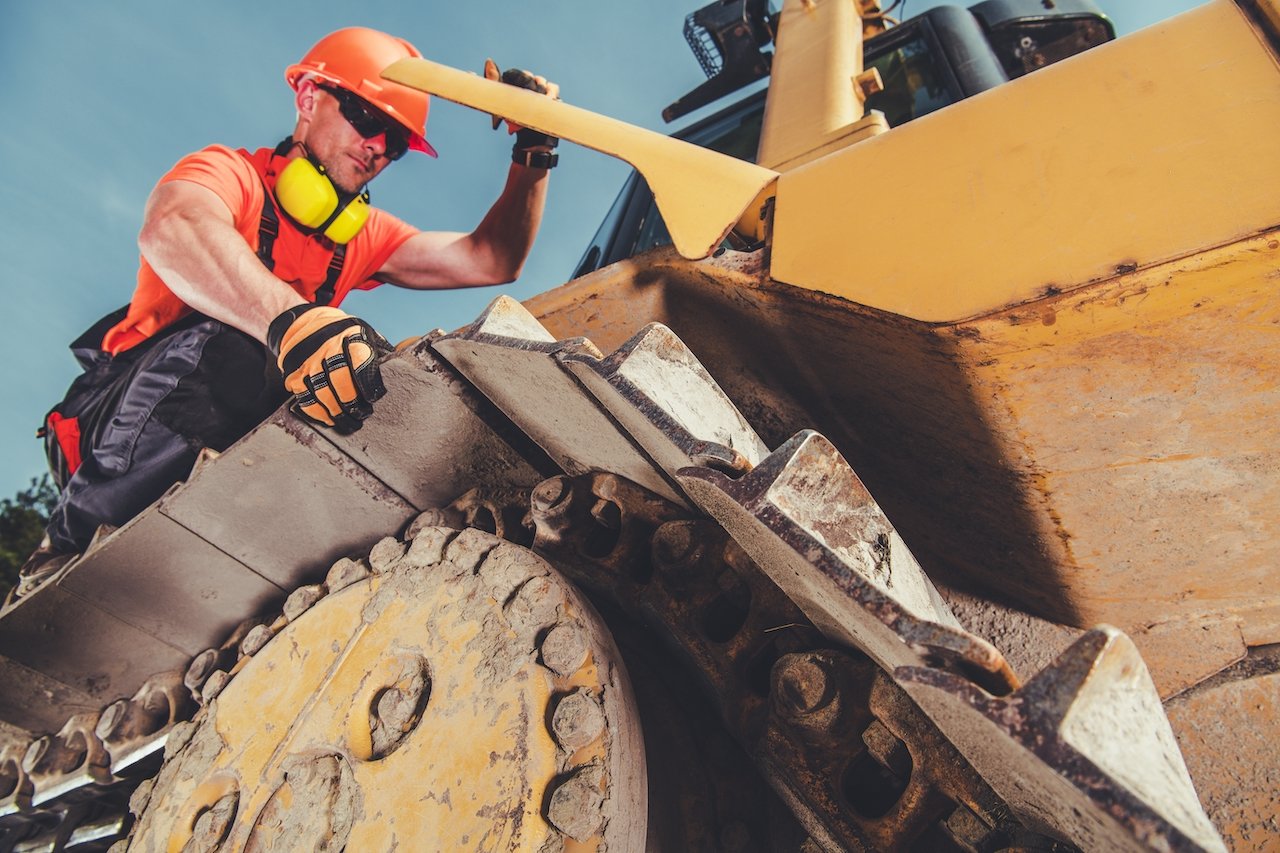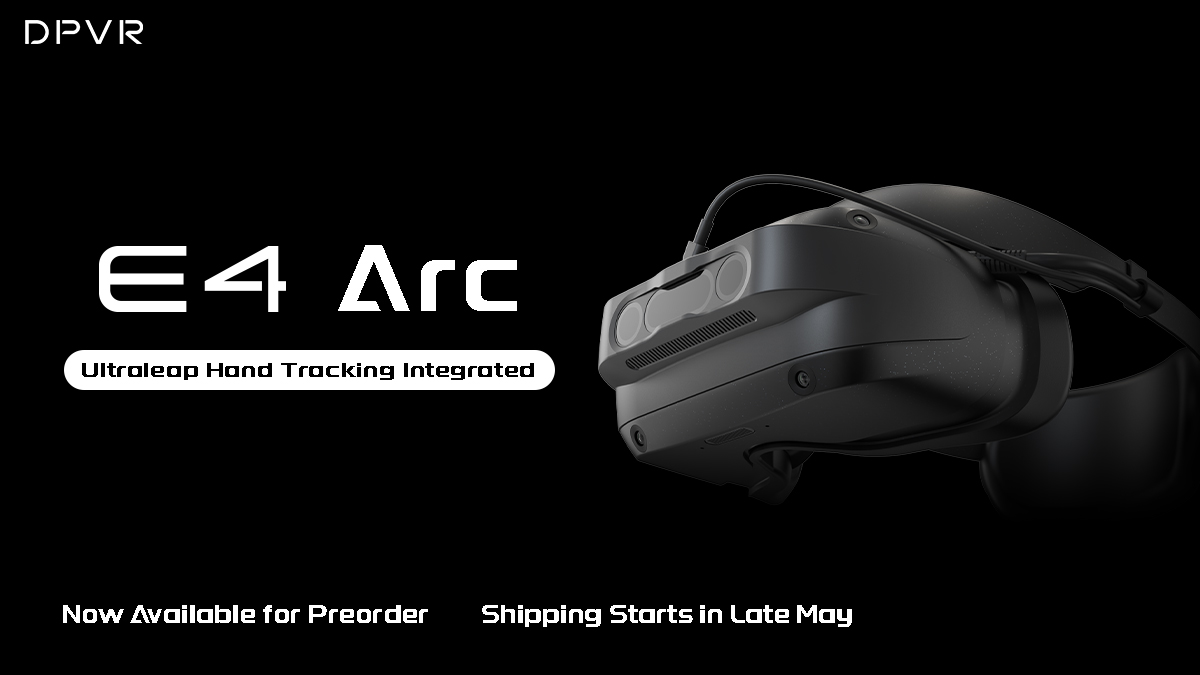How is virtual reality used in industrial industries to train staff?

Yeltic is a company that creates custom-made virtual reality training programs in industrial-focused industries like transportation, construction, architecture, and heavy machinery. They create realistic and exciting virtual scenarios that enable people to develop specific skills or promote behavior change.
They have been doing this since 2009 and have helped hundreds of companies train their staff quickly and safely.
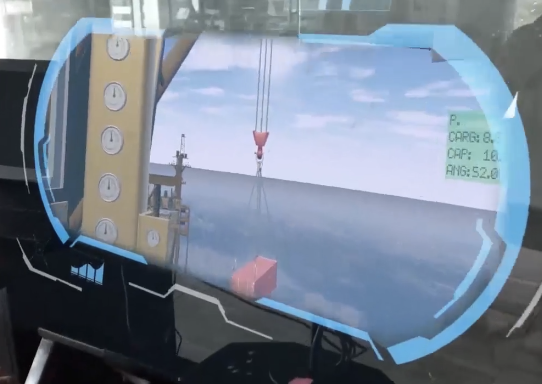
“Great to see that our cooperation with Yeltic has helped industrial companies solve many challenges in training by leveraging immersive technologies and boosted and developed their workforces.”
Derek Liu - Vice President Worldwide Sales and Marketing
Using virtual reality for industrial industries
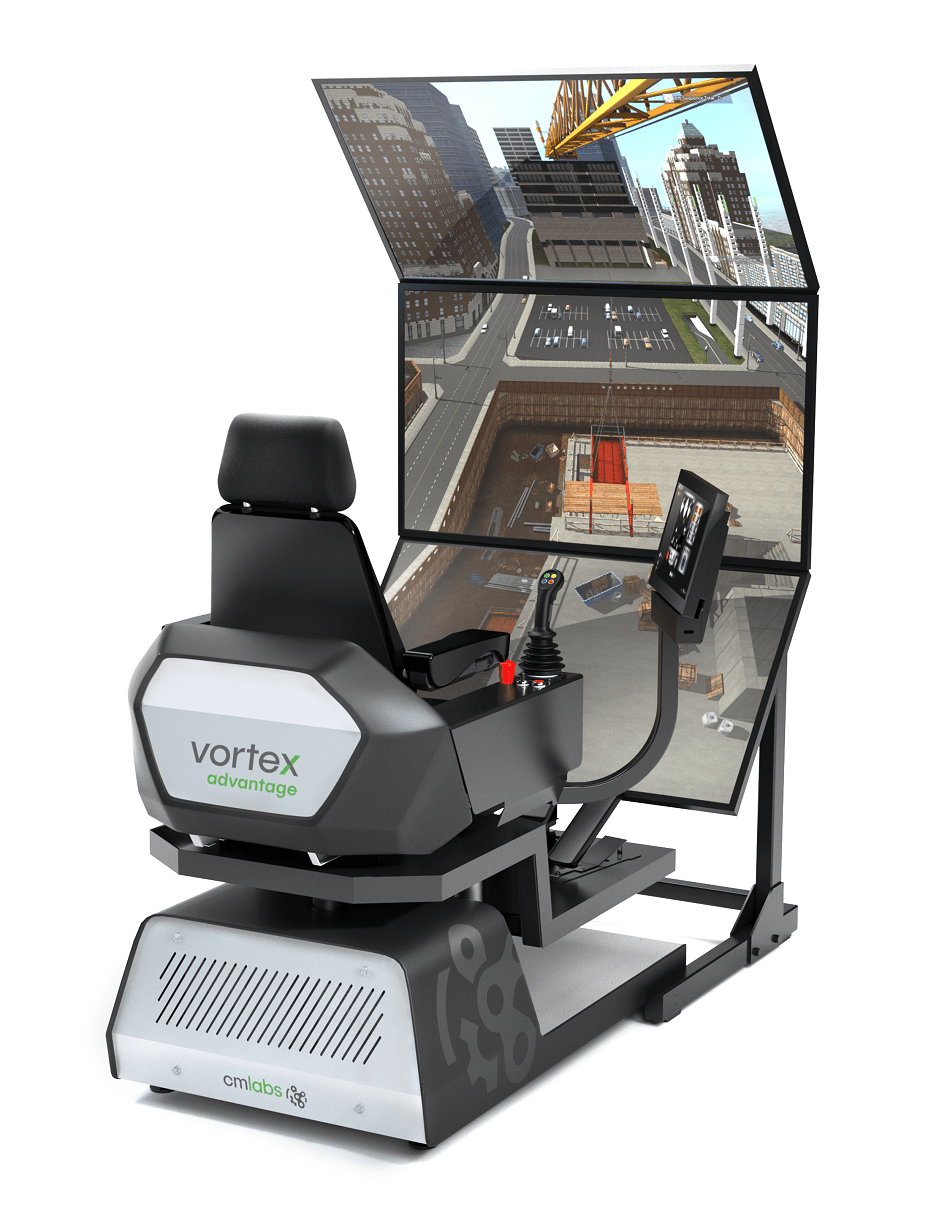
Using virtual reality is a well proven method to execute hard skills and vocational training in industrial industries. It solves many of the common problems associated with traditional training methods such as:
- Regular hard skills training generates high costs by causing downtime, as well as distracting more experienced workers from their daily routine.
- The traditional training is one-way communication, and it lacks interaction between trainers and trainees.
- The most difficult one is to simulate a working environment for staff, especially in those industries where accidents happen a lot or you need to use heavy equipment.
A company doesn’t need to have expensive equipment sitting on a special training site or waste hours of staff time with people ‘observing’ in the field. Custom built applications can be created which could be a wireless headset with VR software or complete VR simulation rigs that have controls and visuals that mimic the real thing
Virtual reality can create real life working situations
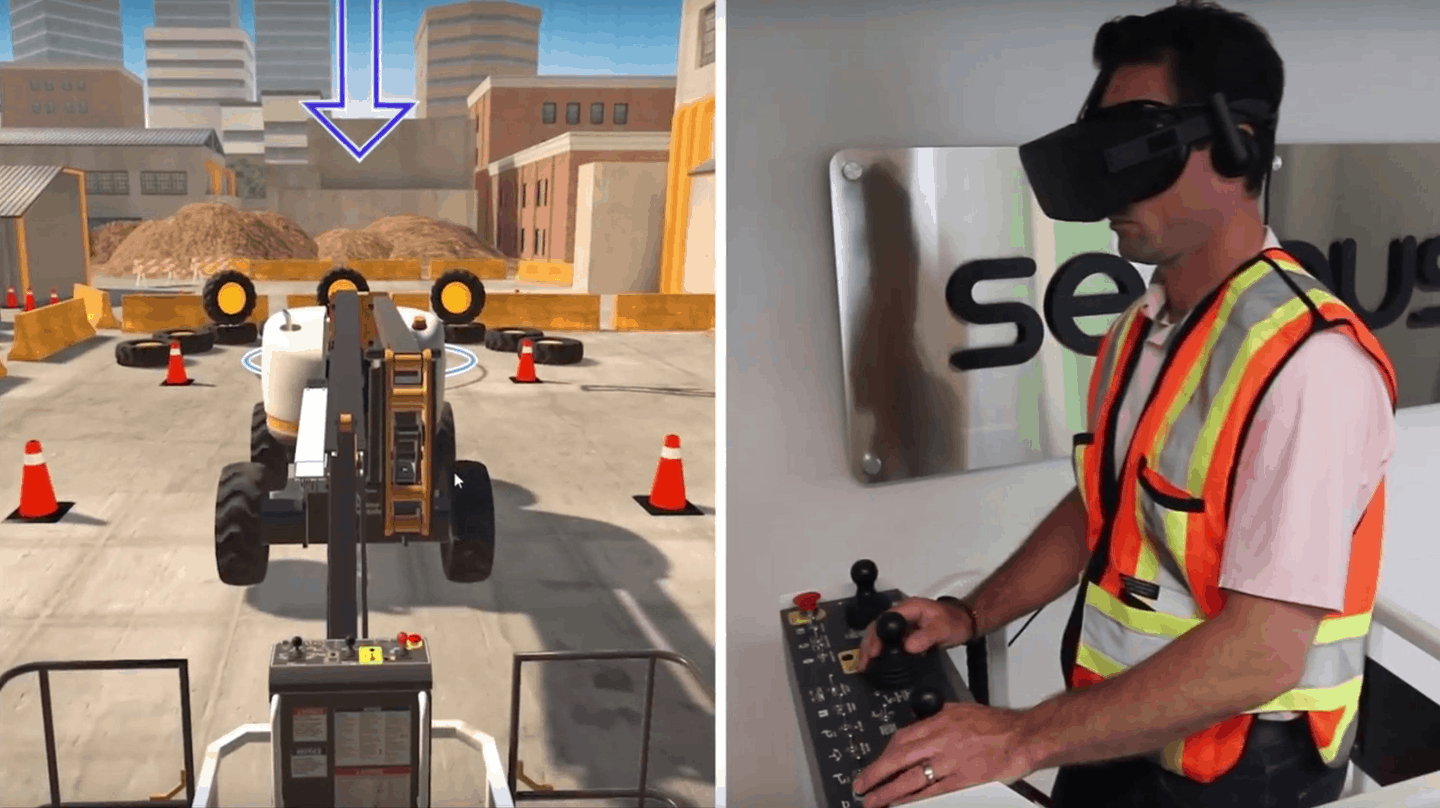
Instead, virtual reality can accelerate the improvement of employees’ understanding by giving a more realistic reflection of their working environment that is re-created in the virtual world. Anything from a heavy moving vehicle to a machine that requires certain steps or processes to be completed.
By enabling an employee to use these items in a virtual reality world they can be immersed into a scenario and it leads to higher levels of retention and a deeper level of engagement. The person is taught how to do or use something using hands on experience rather than watching a video or reading from a manual
Virtual reality can reduce the time it takes to train employees
Virtual reality can reduce training time and improve employee performance by opening up environments that would be expensive, dangerous, or be very limited to use in the real world.
By creating a distraction-free virtual reality environment each person can learn faster, remember more and it is the perfect solution for staff that have little or no experience. The immersive, emotive experience provided by VR can boost recall far more effectively than traditional workplace training.
Companies like ITI have developed a system that combines VR Headset hardware with training software and physical controls. It means a staff member can get used to the machinery they are about to use on a work site and familiarise themselves with buttons, movements and more.
Virtual reality can help train people for high risk situations
Using virtual reality means you can create scenarios that suit any type of situation. This can even include OH&S Training, heavy machinery or even tools that have to handle chemicals. It means you can train someone on a scenario that is high risk or in a dangerous situation multiple times until they reach the desired level of expertise.
Yeltic,for example, created training for heavy duty crane operators. The trainee sits in a crane driving cockpit simulator with a VR headset on their head that displays the real working environment with instructions appended on the screen.
Meanwhile, the trainer can watch the trainee’s operation via a computer and give instructions to help improve the session. After the session, the trainer could also get the training data to use the learnings to further develop either the content or organise more training for the staff.
Virtual reality can save money & keep staff safe
The International Labour Organisation has estimates of more than two million people experiencing work-related accidents every year. That equates to 6,000+ deaths every single day. The estimated fatal occupational accidents in the CIS countries is over 11,000 cases. Although there are quite a few countries around the world that don’t have accurate reporting mechanisms so the numbers may be even higher.
So, apart from the cost reductions and improved efficiency that VR training can deliver, the biggest benefit is the ability to keep people safe. Using virtual reality means you don’t need to train in real environments that may be dangerous and staff can practice a scenario hundreds of times.
For example, the mining industry is recognized as a high-risk industry and with VR training, miners can simulate working underground and learn how to use machinery correctly without really going underground. This training can better prepare workers for the types of hazardous environments they will encounter on the job and greatly reduce risk of injury.
DPVR VR headset customised hardware solutions

The DPVR team is able to work with software or training companies to help create customised training applications using virtual reality.
- Customised solutions at low cost
DPVR has developed co-operative methodologies that can easily adapt to individual projects depending on the company’s needs. Delivering great VR training depends on a good combination of software and hardware. DPVR has a dedicated professional team that can support providers, like Yeltic, to provide a customised solution.
- Greater staff involvement
VR can keep employees more engaged, increase concentration levels and most importantly improve retention. Forget the days of staff rolling eyes or having a nap while someone presents to a group.
- Faster staff learning
Thanks to the low cost and quick setup of the VR headsets and software it means you can quickly train staff. It means you can educate a workforce in just a fraction of what group, face to face, training could be done. Courses can consist of theory, memorising movements and behavior or practical training in VR.
Virtual reality has changed the traditional way of learning hard skills training and vocational training, especially in large enterprise or industrial industries that use heavy equipment where knowledge and compliance with safety rules are required. DPVR’s cooperation with Yeltic has made VR technology become a reality in training and has delivered real impact when it comes to increasing competencies and work safety.

